Timothy J O'Shea
Recurrent Neural Radio Anomaly Detection
Nov 01, 2016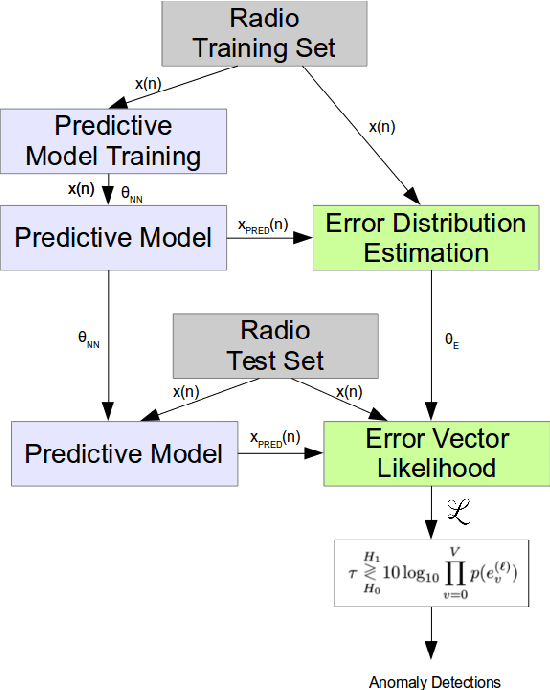
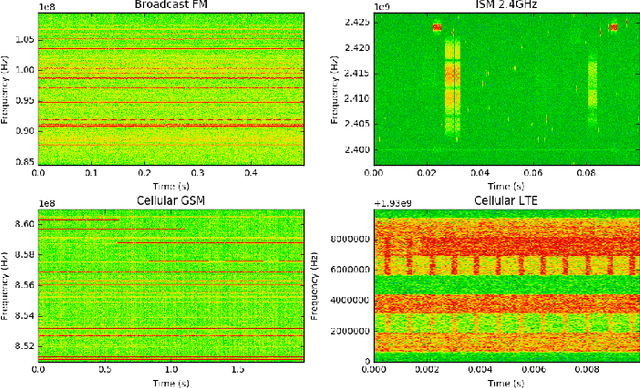
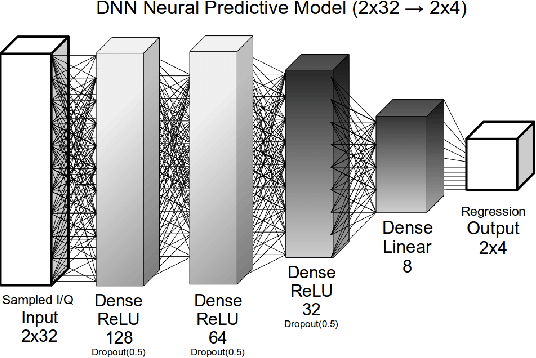
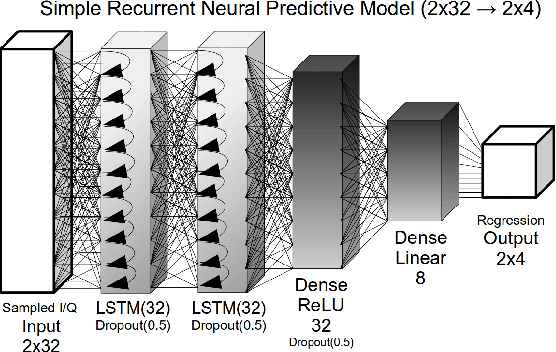
Abstract:We introduce a powerful recurrent neural network based method for novelty detection to the application of detecting radio anomalies. This approach holds promise in significantly increasing the ability of naive anomaly detection to detect small anomalies in highly complex complexity multi-user radio bands. We demonstrate the efficacy of this approach on a number of common real over the air radio communications bands of interest and quantify detection performance in terms of probability of detection an false alarm rates across a range of interference to band power ratios and compare to baseline methods.
Learning to Communicate: Channel Auto-encoders, Domain Specific Regularizers, and Attention
Aug 23, 2016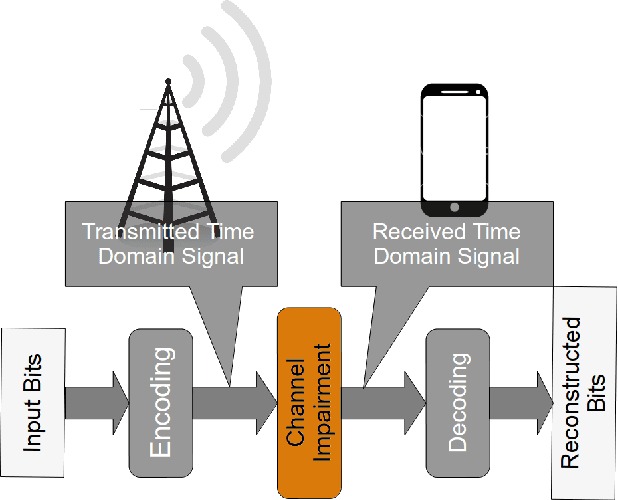
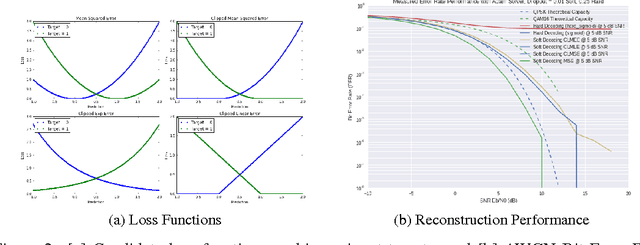
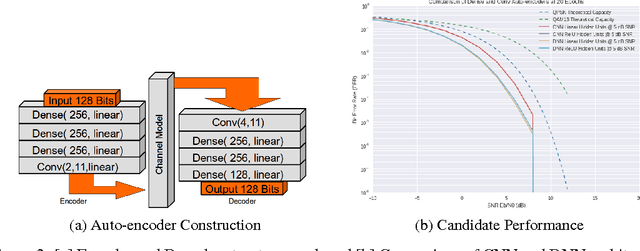
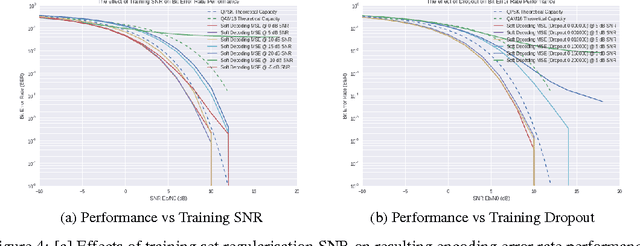
Abstract:We address the problem of learning efficient and adaptive ways to communicate binary information over an impaired channel. We treat the problem as reconstruction optimization through impairment layers in a channel autoencoder and introduce several new domain-specific regularizing layers to emulate common channel impairments. We also apply a radio transformer network based attention model on the input of the decoder to help recover canonical signal representations. We demonstrate some promising initial capacity results from this architecture and address several remaining challenges before such a system could become practical.
Convolutional Radio Modulation Recognition Networks
Jun 10, 2016


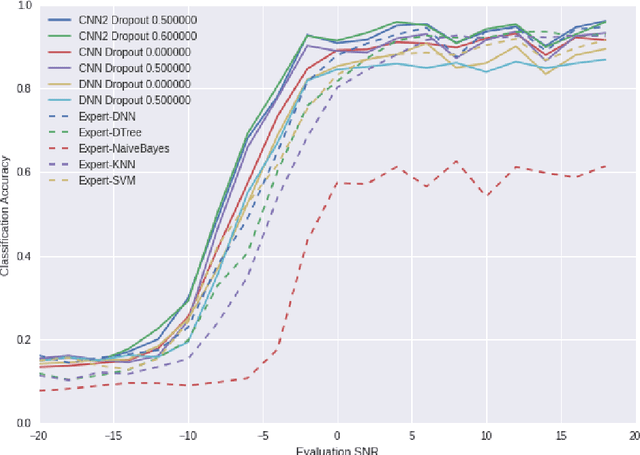
Abstract:We study the adaptation of convolutional neural networks to the complex temporal radio signal domain. We compare the efficacy of radio modulation classification using naively learned features against using expert features which are widely used in the field today and we show significant performance improvements. We show that blind temporal learning on large and densely encoded time series using deep convolutional neural networks is viable and a strong candidate approach for this task especially at low signal to noise ratio.
Radio Transformer Networks: Attention Models for Learning to Synchronize in Wireless Systems
May 03, 2016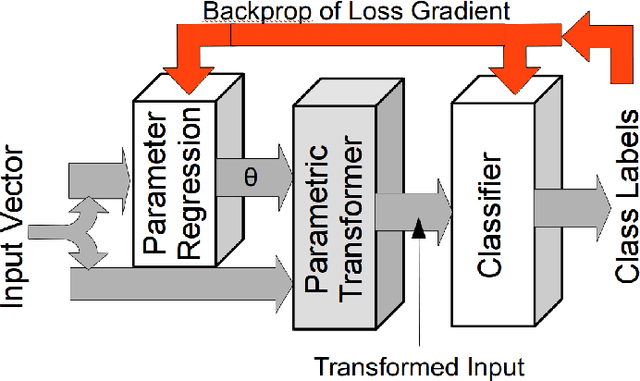
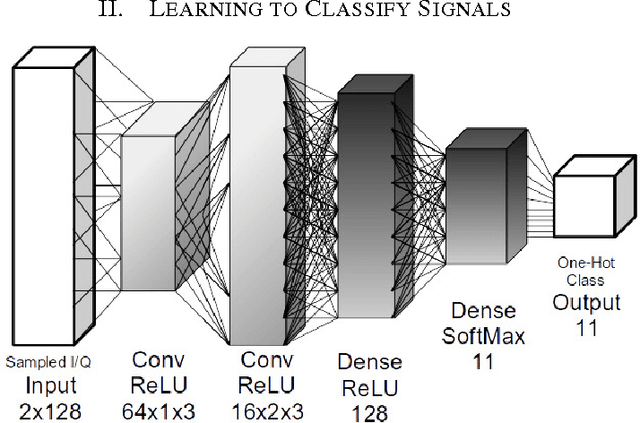
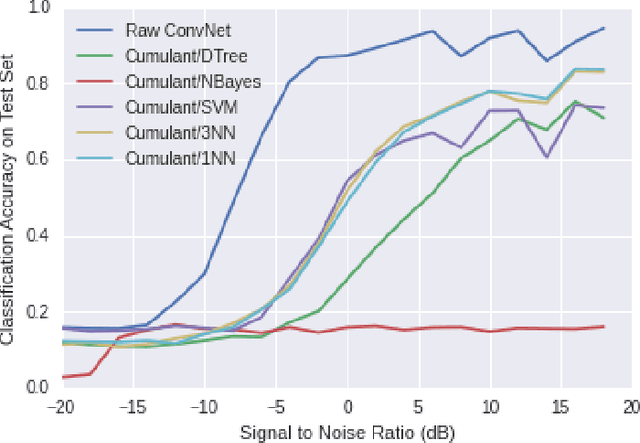
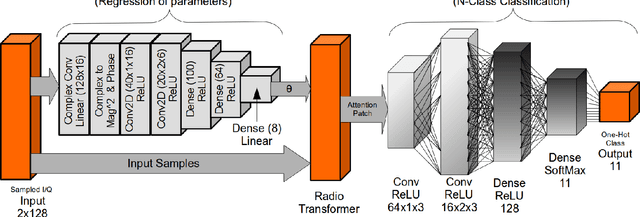
Abstract:We introduce learned attention models into the radio machine learning domain for the task of modulation recognition by leveraging spatial transformer networks and introducing new radio domain appropriate transformations. This attention model allows the network to learn a localization network capable of synchronizing and normalizing a radio signal blindly with zero knowledge of the signals structure based on optimization of the network for classification accuracy, sparse representation, and regularization. Using this architecture we are able to outperform our prior results in accuracy vs signal to noise ratio against an identical system without attention, however we believe such an attention model has implication far beyond the task of modulation recognition.
 Add to Chrome
Add to Chrome Add to Firefox
Add to Firefox Add to Edge
Add to Edge